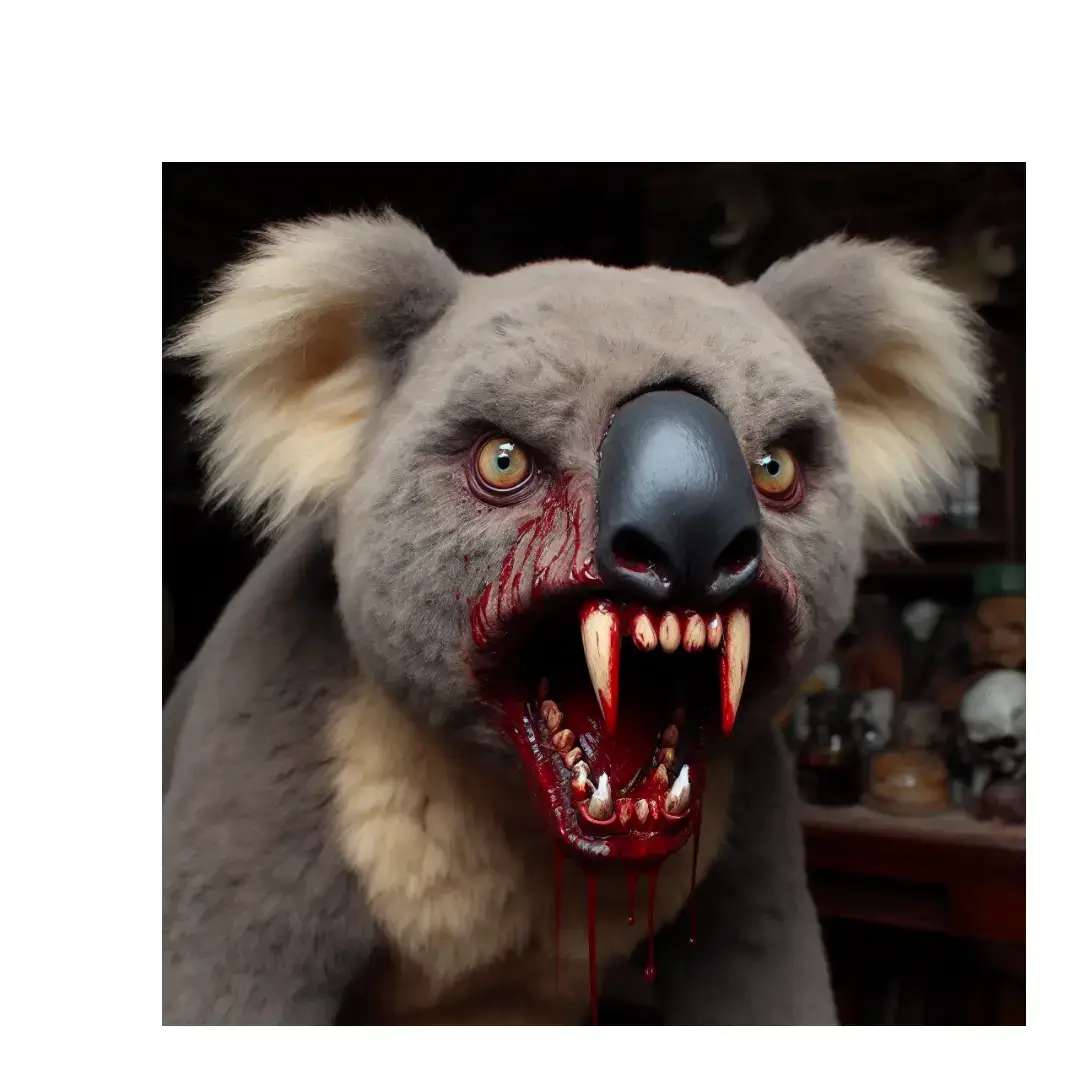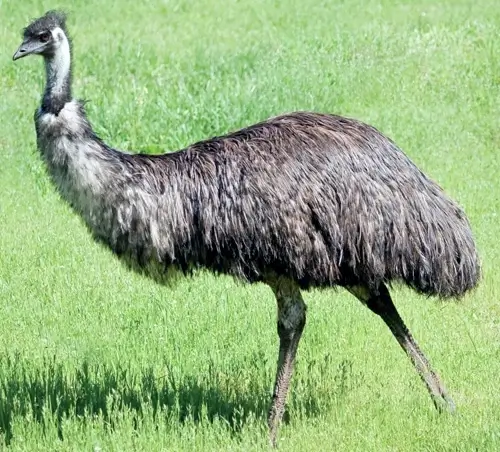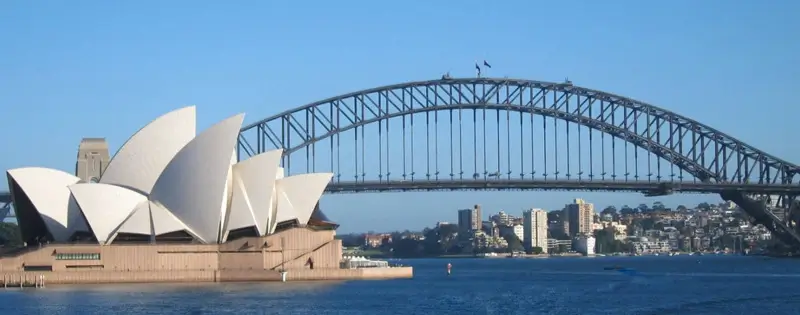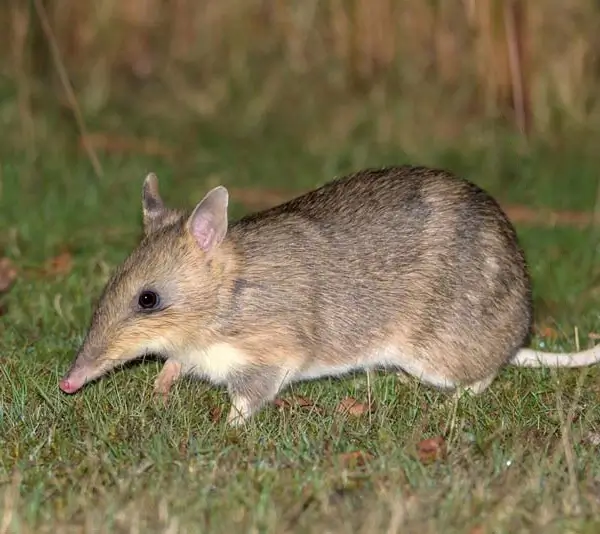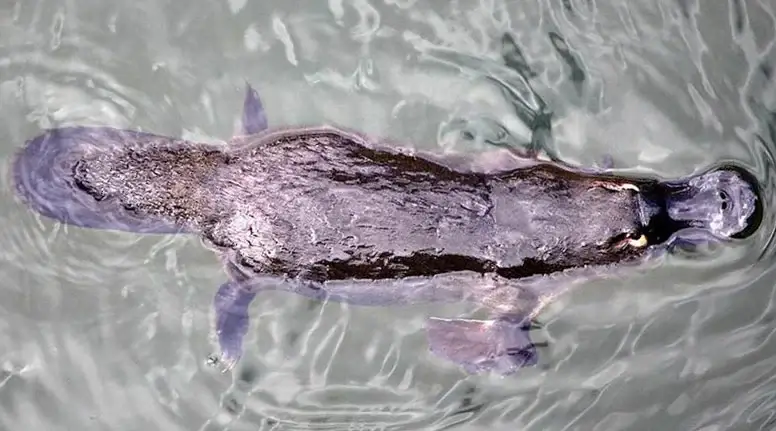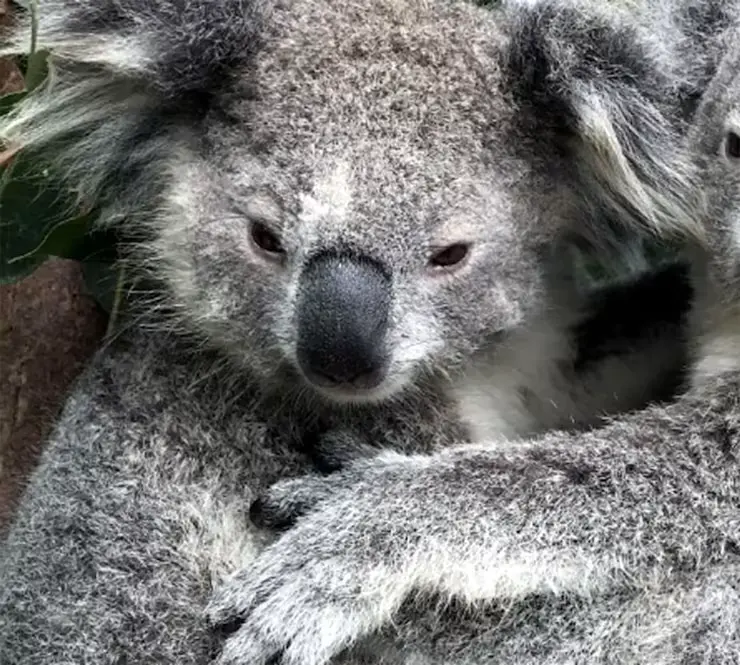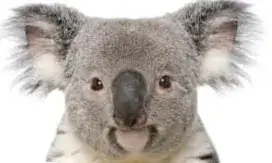Australia’s Folklore Animals – Yowies, Bunyips & Drop Bears
Australian folklore is rich in a country of stunning landscapes, unique wildlife, and rich indigenous culture. Its Australian folklore’s collection of mythical creatures capture the imaginations of locals and intrigued visitors from around the world. Among these creatures are the elusive Yowies, the enigmatic Bunyips, and menacing Drop Bears. In this article, we’ll delve into the fascinating world of these legendary beings that continue to stir curiosity and debate.
Yowies: Australia’s Other Bigfoot
Whilst Kangaroos are from the family Macropod (meaning big foot), there is another bigfoot in Australia. Yowies are Australia’s version of the legendary Bigfoot or Sasquatch, a large, ape-like creature that roam the remote wilderness areas of the continent. Aboriginal communities and non-Indigenous Australians report Yowie sightings and have done for generations. Descriptions of Yowies vary, but generally people describe them as covered in coarse hair, have a humanoid appearance, and stand between six to twelve feet tall. Witnesses claim that these creatures are shy and reclusive, making them difficult to spot.
While many skeptics dismiss Yowie sightings as mere Australian folklore or hoaxes, there are countless accounts of these encounters. Some individuals even share photographs and footprints as evidence. Yowie researchers continue to explore the Australian wilderness, hoping to uncover proof of these mysterious beings. Whether you believe in Yowies or not, they are a captivating part of Australian mythology and continue to intrigue cryptozoologists and the curious alike.
Bunyips: The Water’s Enigma
Bunyips are mythical creatures that live in bodies of water in Australia, such as rivers, swamps, and billabongs. Australian folklore surrounding Bunyips come from Aboriginal mythology, where these creatures are the water spirits or guardians of the Dreamtime. Over time, the stories of Bunyips change forms. Descriptions range from a creature resembling a giant seal or otter to a monstrous, scaly reptilian being.
What sets Bunyips apart from other mythical creatures is their diverse range of appearances and attributes, reflecting the wide variety of aquatic environments in Australia. Sightings of Bunyips are scarce, and are shrouded in mystery, making them a symbol of mystery in the Australian outback.
Drop Bears: A Prankster’s Nightmare
While Yowies and Bunyips have an air of mystery and mystique surrounding them, Drop Bears take a different approach. That is, of a playful, albeit fictional, Australian creature. The Drop Bear is a tall tale created to prank tourists and gullible visitors. According to the hoax, Drop Bears are large, carnivorous koalas that drop from trees onto unsuspecting passersby.
The legend of Drop Bears is a prime example of Australian humor and is often used to play tricks on those who aren’t familiar with the country’s wildlife. Signs warning of Drop Bears and recommending the use of Vegemite behind one’s ears to deter them can be found in various parts of Australia, adding to the fun.
Conclusion about Australian folklore
Australia’s Yowies, Bunyips, and Drop Bears exemplify the rich tapestry of Australian folklore, mythology, and humor that characterizes the country. While Yowies and Bunyips continue to mystify and intrigue, Drop Bears serve as a reminder that Aussies have a mischievous sense of humor. These legendary creatures, whether real or imaginary, add a layer of intrigue and wonder to the land down under. Furthermore, they remind us of the power of storytelling and the allure of the unknown in the vast and diverse Australian wilderness.
